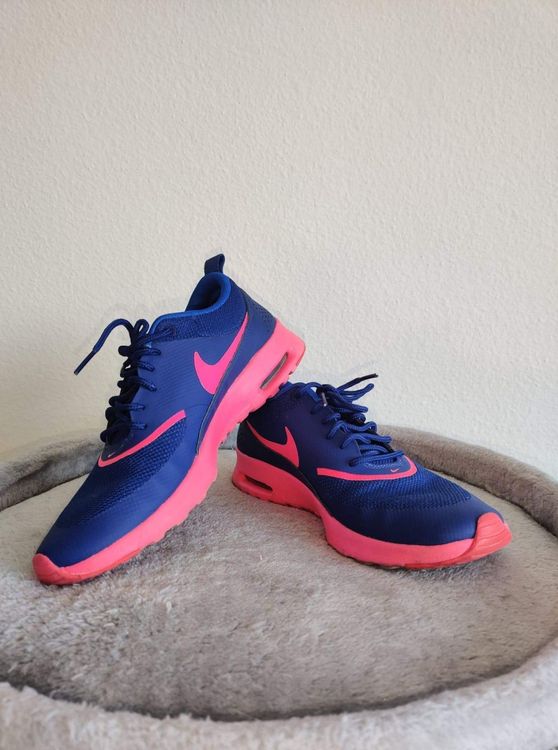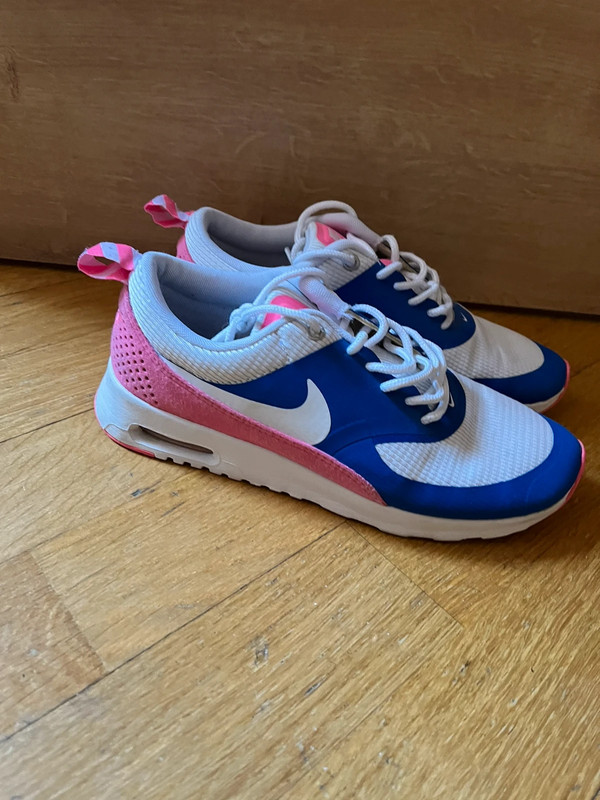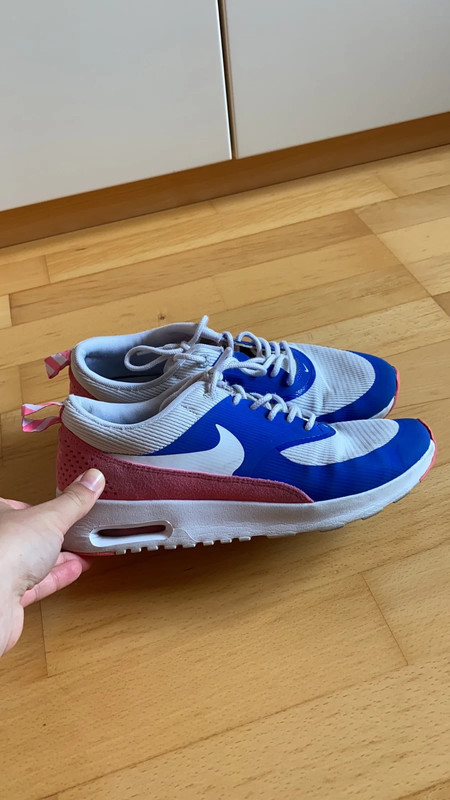
Nike Air Max Thea Royalblau/Pink in Rheinland-Pfalz - Bärenbach | eBay Kleinanzeigen ist jetzt Kleinanzeigen

Nike Air Max Thea weiß pink blau 38 wie neu in Baden-Württemberg - Offenburg | eBay Kleinanzeigen ist jetzt Kleinanzeigen

Amazon.com | Nike Womens Air Max THEA PRM Running Trainers 616723 Sneakers Shoes (UK 3.5 US 6 EU 36.5, Hyper Pink Pink Glow Hyper Cobalt Summit 601) | Shoes

Amazon.com | Nike Womens Air Max THEA PRM Running Trainers 616723 Sneakers Shoes (UK 3.5 US 6 EU 36.5, Hyper Pink Pink Glow Hyper Cobalt Summit 601) | Shoes

Amazon.com | Nike Womens Air Max THEA PRM Running Trainers 616723 Sneakers Shoes (UK 3.5 US 6 EU 36.5, Hyper Pink Pink Glow Hyper Cobalt Summit 601) | Shoes

Nike Air Max Thea weiß pink blau 38 wie neu in Baden-Württemberg - Offenburg | eBay Kleinanzeigen ist jetzt Kleinanzeigen

Amazon.com | Nike Womens Air Max THEA PRM Running Trainers 616723 Sneakers Shoes (UK 3.5 US 6 EU 36.5, Hyper Pink Pink Glow Hyper Cobalt Summit 601) | Shoes

Nike Air Max Thea blau/rosa gr. 39 Schuhe in Niedersachsen - Wittmund | eBay Kleinanzeigen ist jetzt Kleinanzeigen













![WMNS NIKE AIR MAX THEA GAME ROYAL BLUE-PINK GLOW-WHITE SZ 7 [599409-403] | eBay WMNS NIKE AIR MAX THEA GAME ROYAL BLUE-PINK GLOW-WHITE SZ 7 [599409-403] | eBay](https://i.ebayimg.com/images/g/PbkAAOSw0iFjoej6/s-l1600.jpg)


